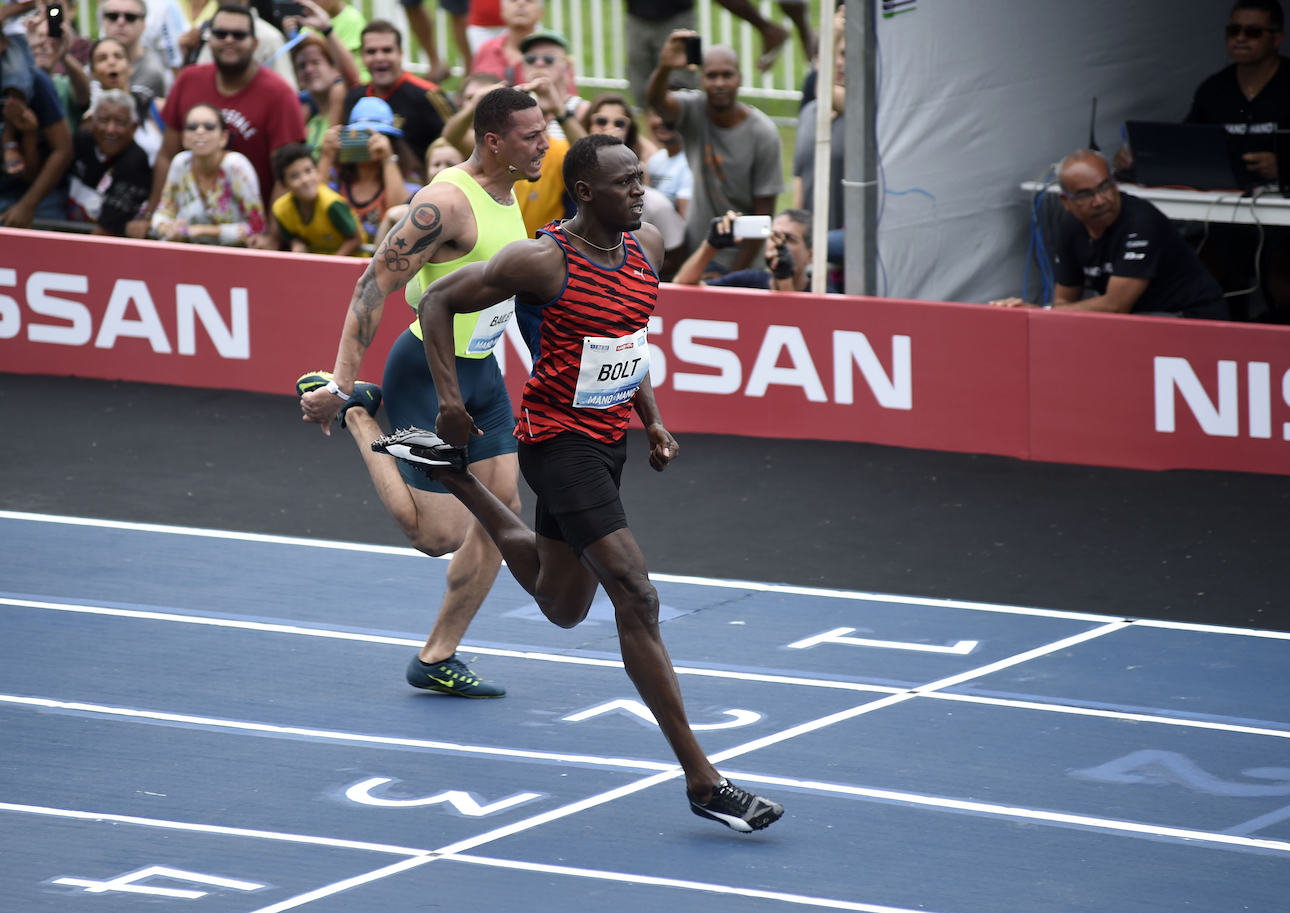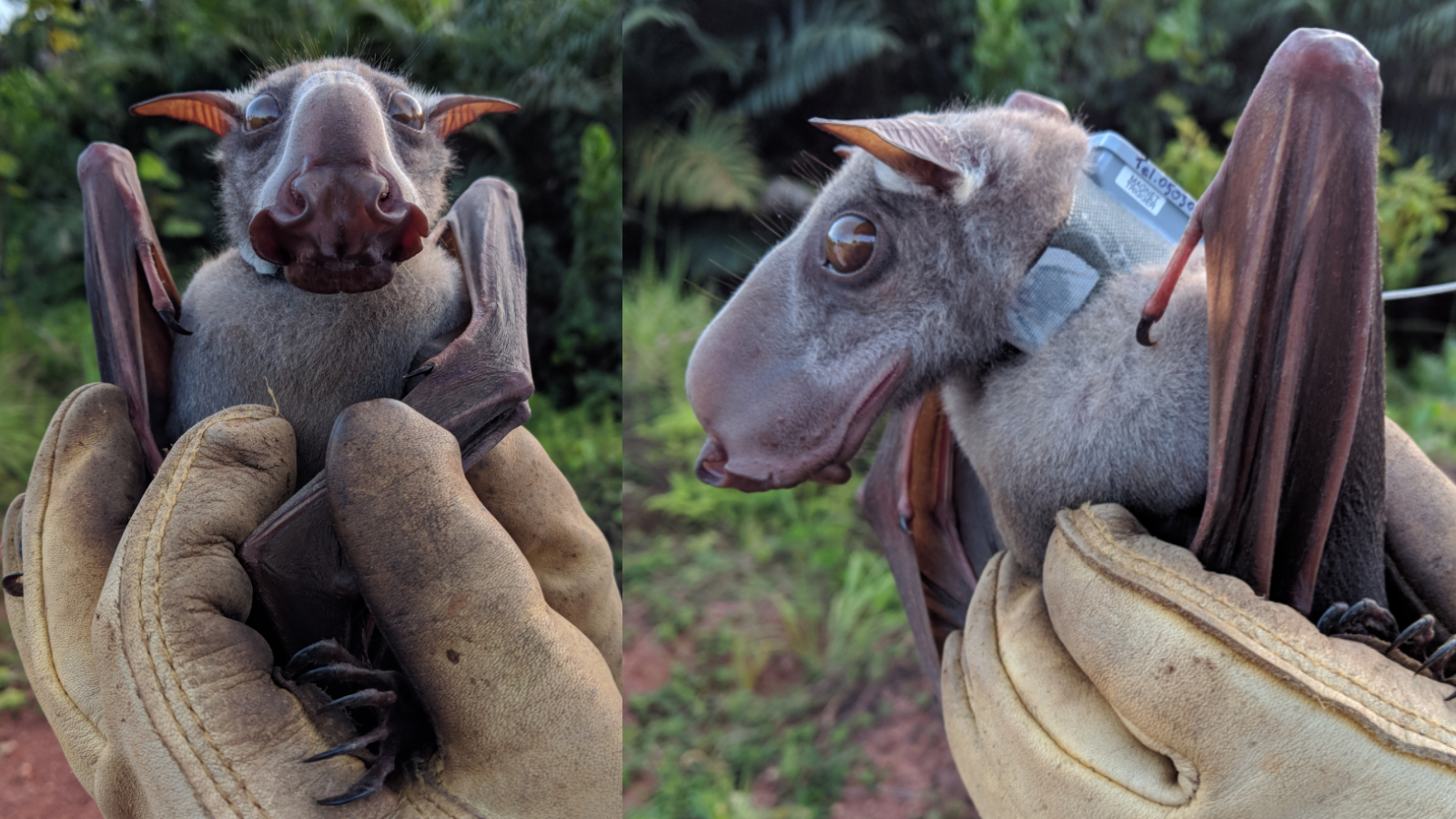Antioxidants, Vol. 12, Pages 1915: How Antioxidants, Osmoregulation, Genes and Metabolites Regulate the Late Seeding Tolerance of Rapeseeds (Brassica napus L.) during Wintering
Antioxidants doi: 10.3390/antiox12111915
Authors: Pengfei Hao Baogang Lin Yun Ren Hao Hu Weidong Lou Kaige Yi Bowen Xue Lan Huang Xi Li Shuijin Hua
Rapeseed seeding dates are largely delayed under the rice–rape rotation system, but how rapeseeds adapt to the delayed environment remains unclear. Here, five seeding dates (20 October, 30 October, 10 November, 20 November and 30 November, T1 to T5) were set and the dynamic differences between two late-seeding-tolerant (LST) and two late-seeding-sensitive (LSS) rapeseed cultivars were investigated in a field experiment. The growth was significantly repressed and the foldchange (LST/LSS) of yield increased from 1.50-T1 to 2.64-T5 with the delay in seeding. Both LST cultivars showed higher plant coverage than the LSS cultivars according to visible/hyperspectral imaging and the vegetation index acquired from an unmanned aerial vehicle. Fluorescence imaging, DAB and NBT staining showed that the LSS cultivars suffered more stress damage than the LST cultivars. Antioxidant enzymes (SOD, POD, CAT, APX) and osmoregulation substances (proline, soluble sugar, soluble protein) were decreased with the delay in seeding, while the LST cultivar levels were higher than those of the LSS cultivars. A comparative analysis of transcriptomes and metabolomes showed that 55 pathways involving 123 differentially expressed genes (DEGs) and 107 differentially accumulated metabolites (DAMs) participated in late seeding tolerance regulation, while 39 pathways involving 60 DEGs and 68 DAMs were related to sensitivity. Levanbiose, α-isopropylmalate, s-ribosyl-L-homocysteine, lauroyl-CoA and argino-succinate were differentially accumulated in both cultivars, while genes including isocitrate dehydrogenase, pyruvate kinase, phosphoenolpyruvate carboxykinase and newgene_7532 were also largely regulated. This study revealed the dynamic regulation mechanisms of rapeseeds on late seeding conditions, which showed considerable potential for the genetic improvement of rapeseed.

 6 months ago
14
6 months ago
14


